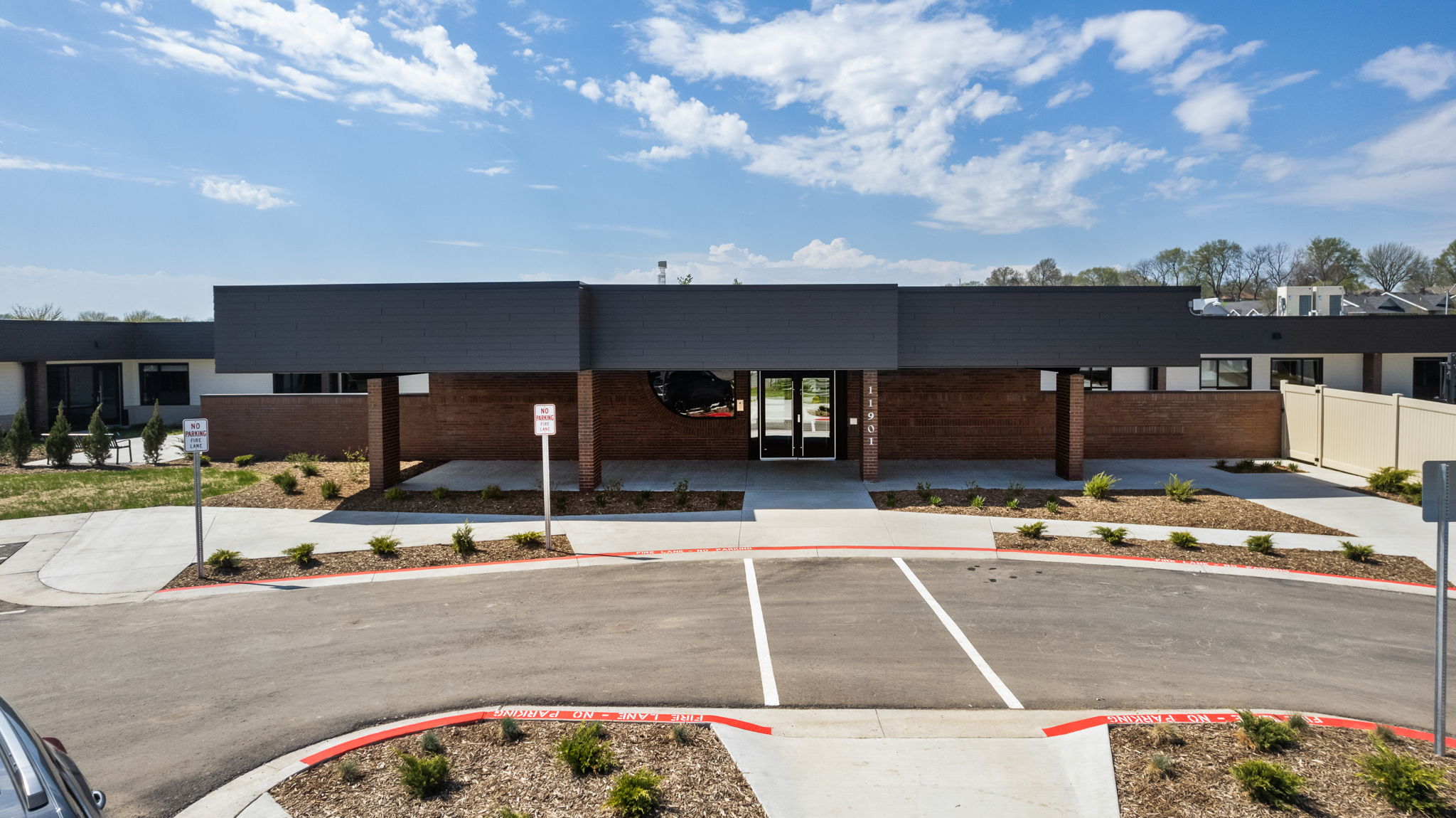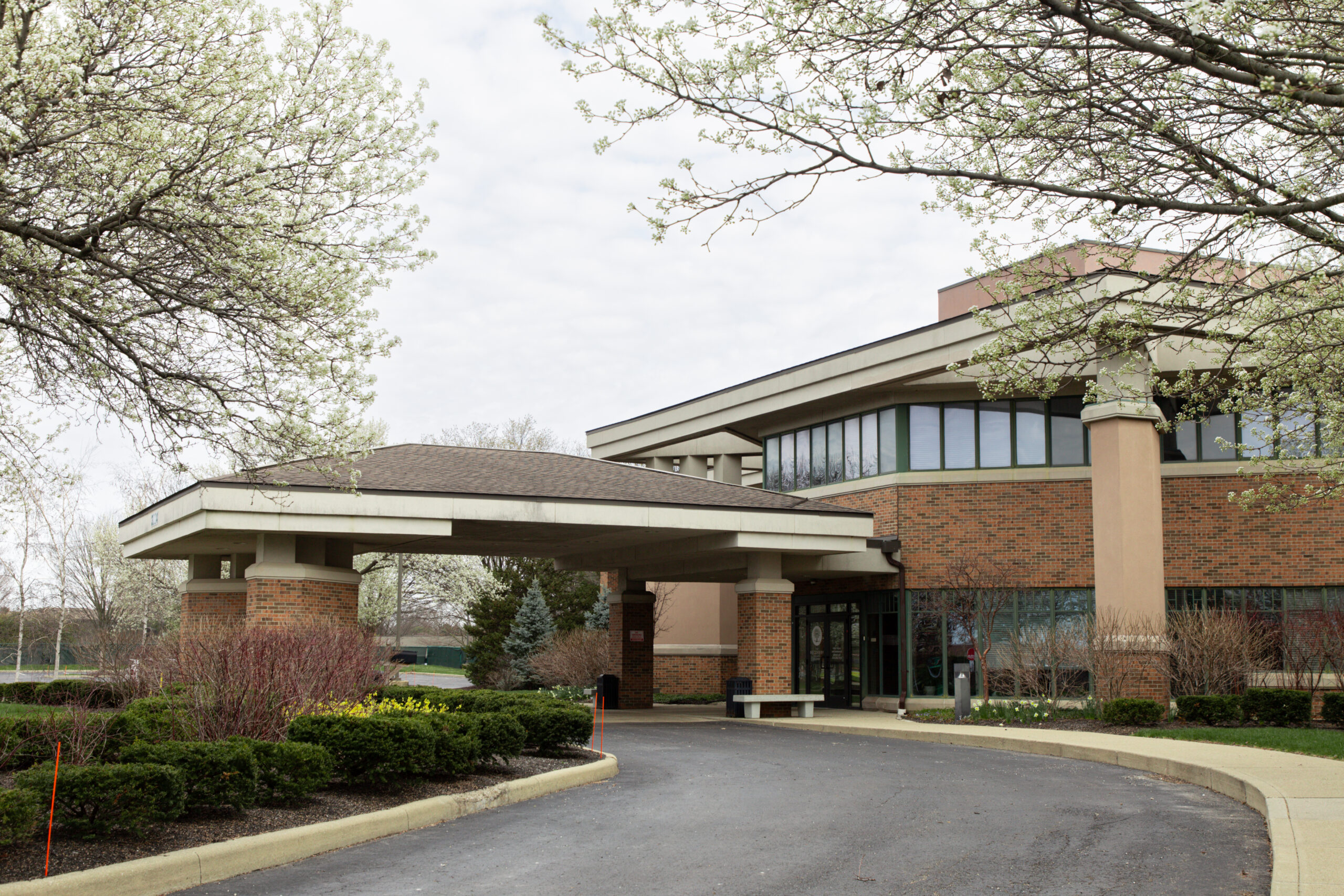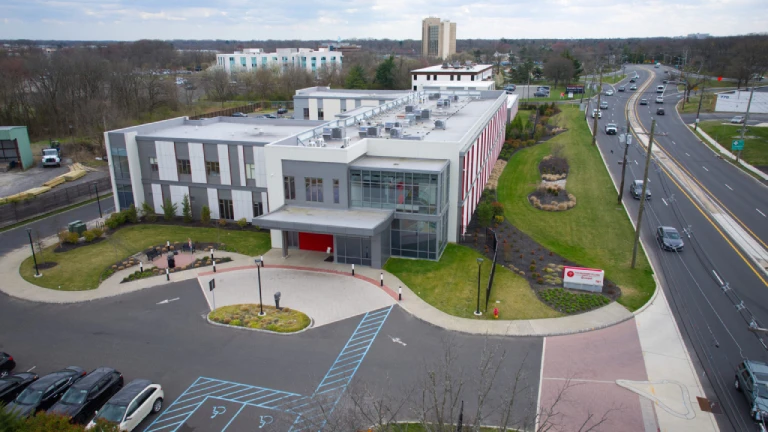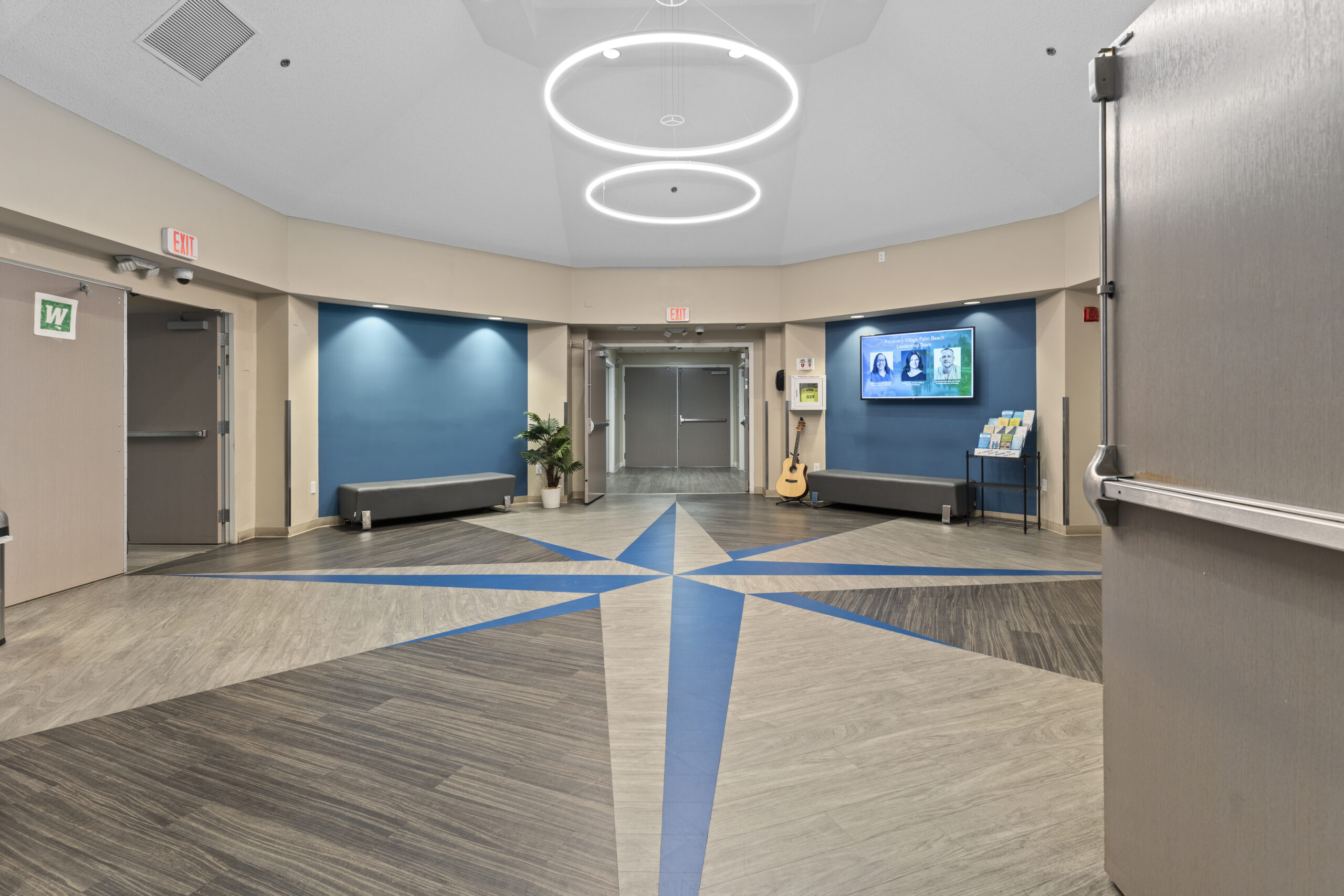There are some benefits to using brain scans in the diagnosis of mental health conditions, but imaging can also some limitations.
Diagnosingmental illnesscan be a subjective process, as it is largely based on client reports and practitioner assessments. Upon examination, it is possible that multiple practitioners could come up with varying diagnoses for the same client. More objective diagnostic methods are necessary to prevent misdiagnosis and to ensure proper treatment.Brain scans for mental illnessare being studied as an objective tool, which can be used alongside traditional client assessment techniques.
Brain scans and other technology are becoming more and more proficient at diagnosing mental illness and are being used to create new psychiatric medications.Mental health brain scansshow thestructures and tissue of the brainand provide information about blood flow and cellular energy use.
Potential Benefits of Neuroimaging for Psychiatric Conditions
Brain imaging for mental illnesscan have several benefits.Brain scans for psychiatric disorderscan identify lesions in the frontal or temporal lobes or the thalamus and hypothalamus of the brain that can occur with psychosis. Brain scans have shown that the volume of various regions in the brain decrease during psychotic episodes.
Brain scans can show increased metabolism and reduced volume in the frontal lobe region of the brain in major depressive disorder.Brain scans and activation patterns can distinguishthe difference between depression, neurodegenerative disorders and brain tumors. A tumor in the frontal lobe can cause apathy, which can be mistaken for depression. In elderly people with cognitive deficits, brain imaging can help differentiate neurodegenerative diseases, such as Alzheimer’s disease and other dementias, from depression.
Brain imaging can provide knowledge on what areas of the brain are involved in a mental health condition and can help devise new treatment approaches, such as deep brain stimulation for depression. Brain scans can assist in ruling out physical or medical causes, such as tumors or brain bleeds, for psychiatric symptoms.
Scans can also be used to educate individuals who do not believe that they have a diagnosis or are in need of treatment. Scans can show a practitioner the extent of an issue and help them to monitor an individual’s recovery based on size, blood flow and energy use in follow-up scans.
Limitations and Caveats
There are several limitations to brain scanning techniques. Not all individuals with the same diagnosis show the same type of brain abnormalities. There can be various causes of the same type of brain abnormality. Brain imaging techniques may be helpful in diagnosing individuals with a single mental health condition but are less efficient in diagnosing more complex co-occurring conditions. Brain scans may have trouble identifying abnormalities in certain mental health conditions due to the early stages of the disease. A mental illness may need time to progress in order to show abnormalities on a brain scan. Some brain scanning techniques can be stressful due to their confined spaces and loud noises that come from the machines.
- Mental illness can present differently in different individuals:Individuals with the same mental health diagnosismay not have the same type of brain abnormalitiesor brain activity. Due to the variation in symptoms of a particular diagnosis, brain scans may not show up identically the same for all people.
- Patients can have overlapping symptoms or multiple diagnoses:In individuals withmultiple symptoms and co-occurring conditions, brain scans may have difficulty with an accurate diagnosis. Brain scans are currently most effective for individuals with a single, unambiguous mental health condition.
- Brain scans may not be able to detect early disease stages:It may be difficult for brain scans toidentify mental health conditions in their early stages, as there may not be impactful changes visible in the brain until the condition has had time to progress.
The Future of Neuroimaging and Mental Illness
Neuroimaging mental illnesstechniques havehelped to identify biological issues,such as tumors or inflammatory mechanisms, that cause or intensify symptoms of a mental illness. Beyond organic diseases in the brain, research continues to try to locate biomarkers, such as DNA and hormones in the brain for major depressive disorder, bipolar disorder and schizophrenia. Locating biomarkers will ultimately aid in the diagnosis and treatment for various disorders.
There are few individuals who believe that brain imaging will play a significant role in the diagnosis of mental illness in the future. Conducting research can be difficult because the classification of psychiatric illnesses may not directly coincide with neurological mechanisms in the brain. The brains of individuals with psychiatric illness are not always guaranteed to show lesions seen in many other individuals with the same psychiatric illness. Heredity and genetics can be unpredictable and so heredity patterns of mental health conditions are not always clear and straightforward.
However, there are other individuals who remain hopeful and optimistic about the role that brain imaging could play in diagnosis and client treatment. Researchers hope that brain imaging will be able to reliably diagnose mental illness in the future while being able toefficiently separate data from individualswho show two different psychiatric conditions. Unfortunately, it will likely take a long time for this type of research to unfold and come up with irrefutable findings.
















